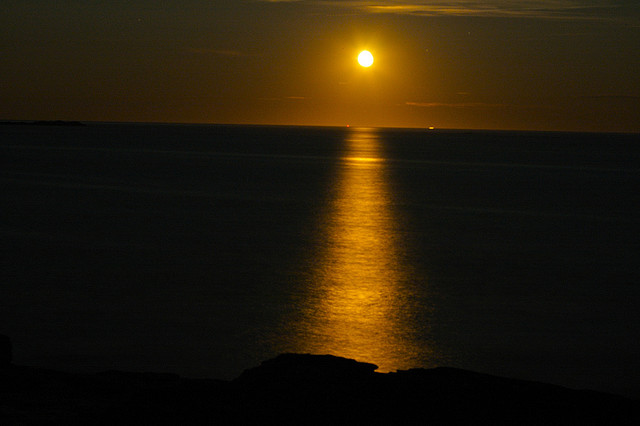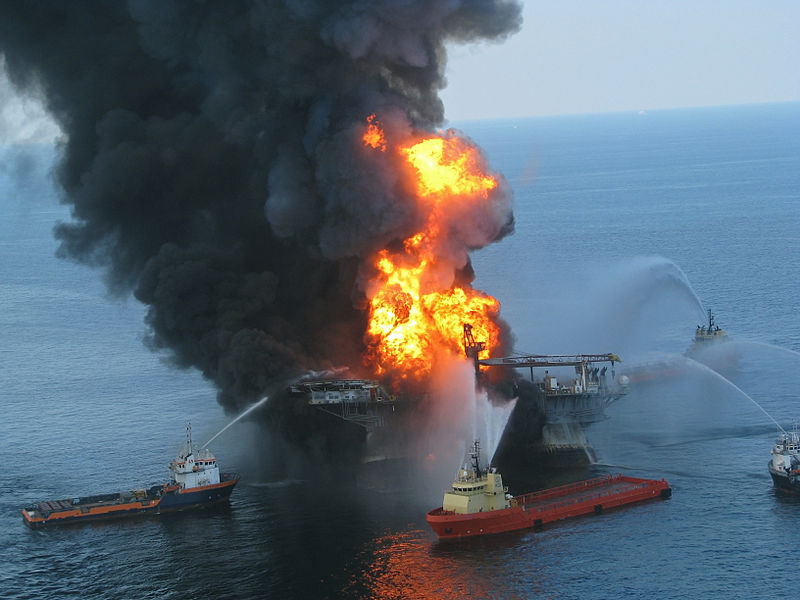MultipleOrganisms.Net 
Photo courtesy of poplinre
Interactions
Habitat Interactions
Blue whales share their habitat with oceanic creatures of many shapes and sizes. The biggest threat to Balaenoptera musculus from the ocean is the killer whale, Orcinius orca. Many blue whales near the California coast have rake-like scars as a result of killer whale attacks. Lampreys attach themselves to the side of a blue whale and may take a bite, but none have ever been known to kill a blue whale. While swimming through diatom-enriched water, blue whales end up having a yellow-green tint on their bellies because of diatoms attaching to them. Normally, blue whales have a blue-grey color.
Human Interaction
Whaling
At the turn of the twentieth century whaling became a massive industry. Blue whales were killed for blubber, oil, and meat. The harpoon gun paved the way for whale populations to decrease. An estimated 90% of the blue whale population was killed due to whaling. Today, there are 10,000 to 25,000 blue whales remaining. During the 1960's the International Whaling Commission banned blue whale hunting. However, nations such as Norway and Russia have ignored this ban, and blue whale meat continues to show up in fish markets, primarily in Japan.
Ship Strikes 
Ship strikes are a threat a blue whales. In September of 2007, 3 whales were killed off the California coast due to ship strikes. Scientists have not determined if and how blue whales react to oncoming ships. New regulations have been proposed to set ship speed limits to help protect whales, yet none have passed.
Noise and Sonar
Noises from oil rigs, ships, and sonar have reduced whale communication by 90%. In 2008 the Supreme Court concluded that the Navy did not have to reduce the use of sonar, which severely disrupts whale communication and damages their ears. Communication between whales can effect mating habits, feeding, and can lead the whales to nearby shipping lanes, putting them in danger of strikes.
Environmental Degredation
Pollution effects all life in marine environments. Blue whales themselves may not be harmed as much as their prey items are, and that in turn has a negative effect on the habitat as a whole. Oil spills can harm and kill organisms, especially if the clean-up efforts are unsuccessful.
Photo courtesy of Wikipedia Commons
Go to Facts for interesting information.

